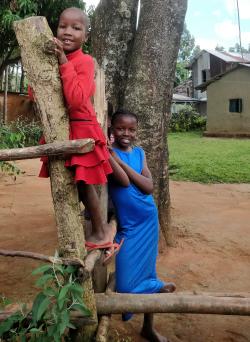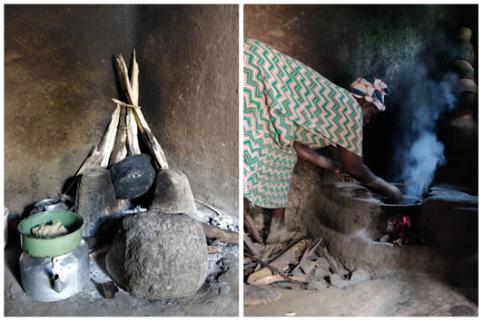Background & Aim
Background

Tropical forests are amongst the most important ecosystems in the world, and partially thanks to the ecosystem’s highly diverse forest structure, it provides habitat for about 50 % of the world’s species. The tropical forest is also the biome that is estimated to experience the most rapid losses of habitats in the next 50 years, mainly due to human exploitation.
The Kakamega-Nandi Hills forest complex, western Kenya, is the most eastern remnant of a forested area that once stretched over the African continent. The Kakamega forest, the largest forested patch of the complex, is important for forest conservation, and provide local people with multiple forest resources daily and is therefore essential for peoples’ survival. The Kakamega forest lies within one of Kenya’s most densely populated rural areas. For most people living in areas like this, health care, education, clean water, and sanitation is considered a luxury.
Energy-efficient cookstoves
Most people in the area around the Kakamega forest are using traditional 3-stone-stoves when cooking. These stoves have a high demand for firewood, a resource that is often collected (many times illegally) within the forest. The collection of firewood used for cooking is today main threat to the forest’s subsistence.

In 2010, an organization called Eco2librium started the project Stoves for Life. Up until 2017, the project had installed over 46 000 energy-efficient cookstoves that have almost 50 % less demand for firewood compared to the 3-stone-stove.
The organization hope to benefit conservation and regrowth of the Kakamega forest by reducing the amount of firewood collected from it. The project also engages local people in the production, distribution and installation of the stoves which create job opportunities and increased livelihood in the households. More information about the project is given in the full report, which can be downloaded under Downloads in the menu to the left.
My project's aim
My project evaluates the effect of using energy-efficient cookstoves on conservation of forest structure of the Kakamega forest. In short, this was done by sampling forest structural components and occurrence of human made damage in different plot locations and comparing them with each other.
Responsible for this page:
Director of undergraduate studies Biology
Last updated:
05/14/20
